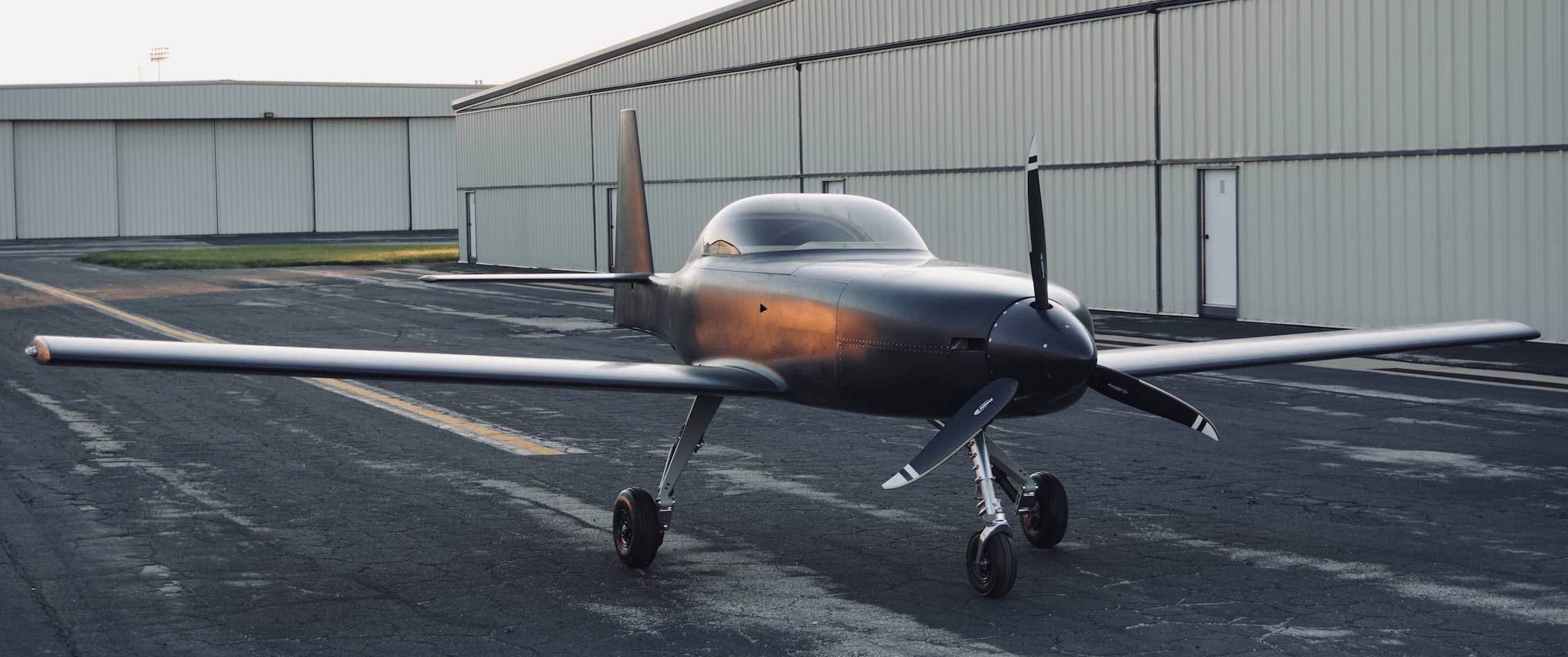

Motorsports Enthusiast
Mechanical Design Engineer
The course includes:
Unlimited Access: There is no time limit on your access to the course! Revisit as many times you like. Start the course now and watch anytime, on any device! There's no need to travel or take time off.
The Latest Information: The course is regularly updated. You'll stay on the cutting edge of new materials, technology, and methods.
1-On-1 Help: You have your own unique composite project in mind. Let us help you overcome your biggest challenges with 1 hour of free consulting so you can kickstart your project or take it to the next level (projects requiring an export license as dictated by the requirements of the EAR or ITAR are not supported).
Money-Back Guarantee: If you apply what you've learned and don't see an improvement in your composite results within 30 days of completing the course, simply let us know and we'll refund your entire purchase. Our goal is to help you achieve success, and we stand behind our training. Enroll today and get started with confidence!
Bonus material included in the course:
Purchase Guide: Navigating the range of suppliers and options in composites can be overwhelming. This guide shows you exactly where to buy the materials and tools you need to get started.
Infusion Process Guide: A step-by-step walkthrough on how to achieve a high-quality result using resin infusion.
Bonding Process Guide: A step-by-step guide on how to create high-quality bonded joints in composite assemblies.
Discounted Access to the In-Person Course: A range of composite manufacturing techniques are covered in the course that can be directly applied to your project. After completing the online course, you can get more hands-on experience with these techniques in one of our in-person sessions. The price of an in-person session is discounted by the price of the online course if you have purchased an online seat. Learn more about the in-person course here.
We are available to help throughout the online course. If you have questions at any point, we can be reached by direct message through the course chat or by leaving a comment on any of the lessons.
Get started with the course for free using the button below! If you have any questions about the course and the subject matter, don’t hesitate to contact us!
Email: courses@darkaero.com
Phone: 608-616-9409
See you in the course!
.png)
.png)
The major component of composite materials is the fiber reinforcement. The fiber reinforcement provides strength and stiffness in the direction that the fibers are aligned. The three most common fiber types found in aerospace applications are carbon fiber, glass fiber, and aramid fiber. These fiber types have different chemical compositions at the molecular level which generate different physical and mechanical properties at the macroscopic fiber level. Important properties of fibers include their strength, modulus, toughness, temperature capability, density, conductivity, chemical compatibility, fatigue life, and cost.



The use of composite materials makes it possible to design large, one-piece structures. Minimizing the number of parts in a design is considered a good practice, but there are often logistical limits or serviceability constraints that force a design to be built up from many smaller subcomponents which are then assembled together. The two most common methods of joining composite components into assemblies are adhesive bonding and mechanical fastening. Each of these methods has its own advantages and disadvantages depending on the design requirements

Mechanical properties such as the strength and stiffness of a material must be known to design an optimized structural component from that material. While measured mechanical properties are well established for common metal alloys, composite materials can present unique challenges due to their limited standardization and wide range of material and process variables. This lack of published material properties makes designing structural composite parts challenging. Analysis tools such as Finite Element Analysis (FEA) can help guide a design, but they rely on material property inputs that must be accurate in order to achieve reliable results. The best way to obtain accurate numbers for these input variables is through physical testing on representative composite test samples. Without accurate inputs, analysis results may overestimate the strength and stiffness of a composite material, leading to structural failures and safety risks. Large safety margins must be added to a design to account for unrefined quantification of material properties. This adds weight, ultimately defeating one of the main reasons composite materials are selected in the first place. Thus, there really is no way to completely eliminate physical testing from the design process of an optimized composite structure. Specific methods used to measure mechanical properties of composite materials and validate composite structures are discussed in the following sections.
Composite structures will inevitably encounter damage while in service. The airframe of an aircraft may encounter tool drops, “hangar rash”, bird strikes, and hail damage throughout its lifespan. Even with delicate care, certain types of damage are unavoidable. Composite propeller blades will undergo leading edge erosion from bugs, rain, and debris. The good news is that composite materials are generally repairable when proper procedures are followed. Damaged composite components must be evaluated and deemed suitable for repair on a case-by-case basis. Important evaluation considerations and repair procedures are highlighted in this chapter.